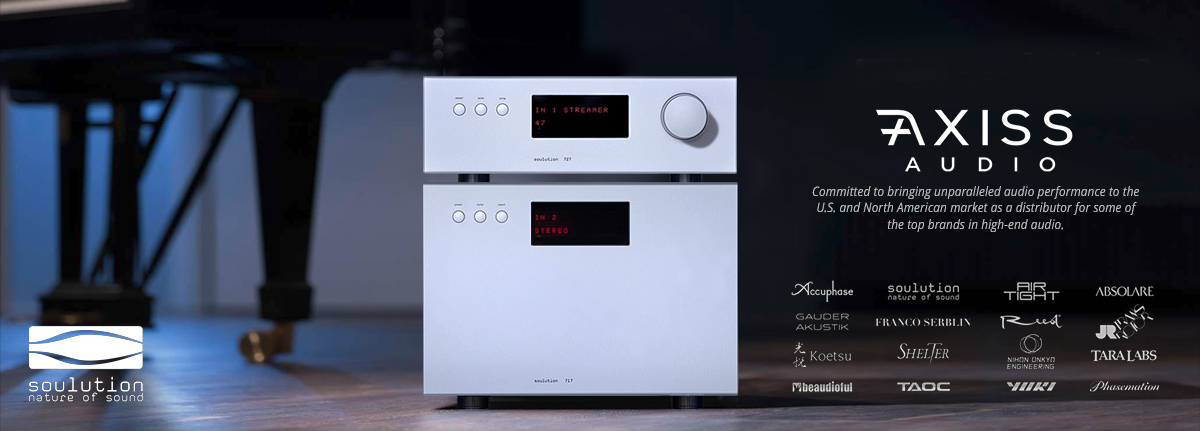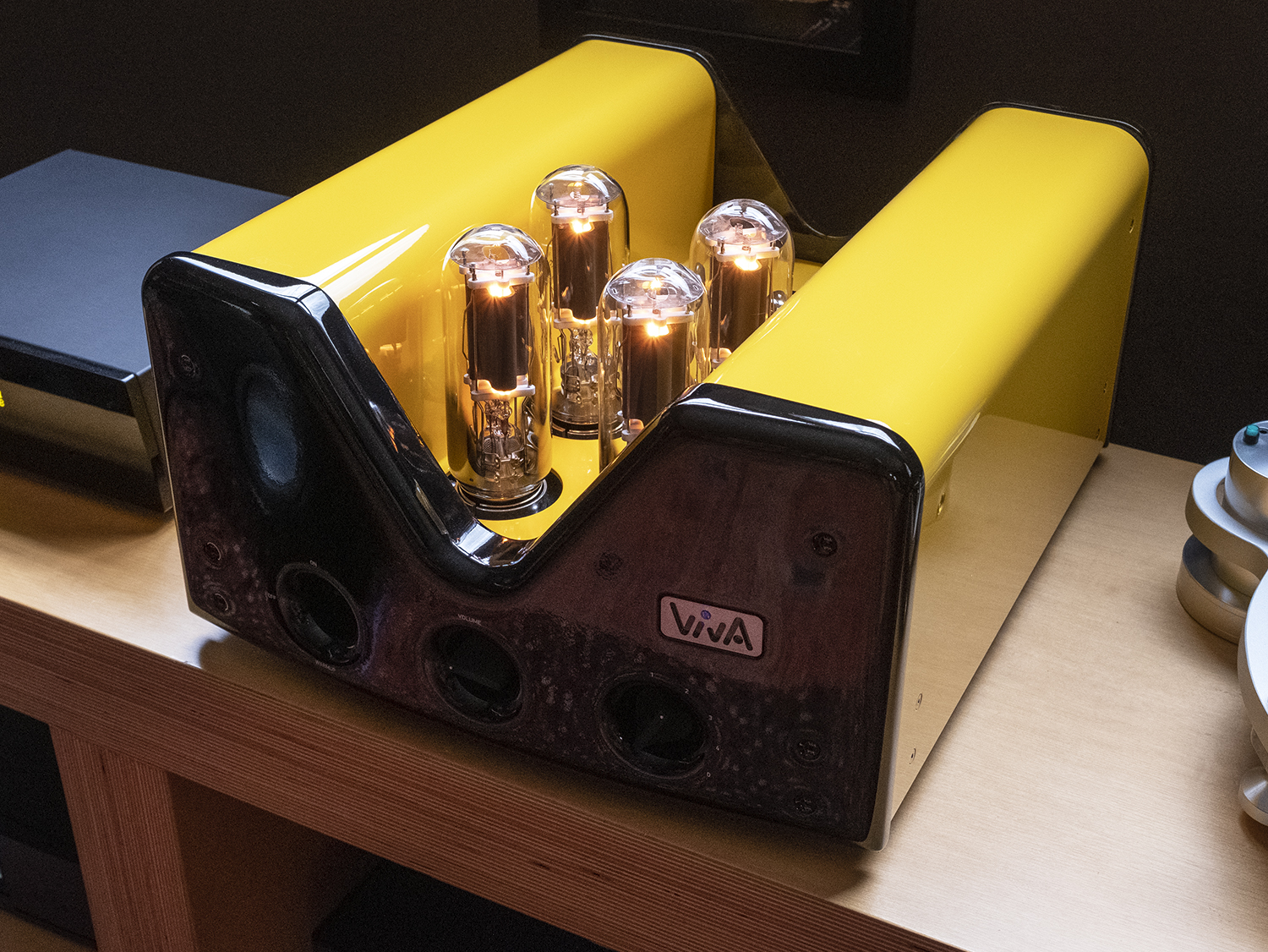So how do we get that “right” sound, as close to unamplified acoustic instruments as possible?
If Class of amplification isn’t, is it down to limiting capacitance, simplifying design, using interstage transformers, managing voltage regulation with valves, pure silver or copper wire, hollow state over solid state, NOS valves from the classic producers over new valves from China or Russia? So far, I have not been able to discern any absolutes here.
Topology is important but so is the execution. I don't know that there is a hard and fast rule on the execution side, but from the psychoacoustic perspective, and the realization that there is no zero distortion amplification, then, in the here and now a single ended topology using triodes or triode/FET combinations is likely the best topology as it follows more closely a natural harmonic pattern.
The execution should be that it maintains as close as possible the ideal harmonic pattern at all output levels. This should be looked at in context with the loudspeaker sensitivity and load as the right harmonic pattern is also SPL dependent.
I have heard amps with SS elements (KR Audio, Silvercore/Silbatone, Ypsilon, Aries Cerat, NAT, Pathos), which were quite natural sounding...just not a single amp yet that was all SS that sounded natural...or Class D.
Interestingly, they all do something different:
KR Audio has input and driver as single SS elements and the output is tube (reverse hybrid SET)
Silvercore and Silbatone have neo hybrids where the input is tube and the output is tube/FET hybrid element
Aries Cerat is a single hybrid element (tube/FET)
NAT is also a single element hybrid
Ypsilon is a single ended hybrid with tube input/driver and FET output (NAT made one like this too called Symbiosis SE)
Pathos is kind of similar to this but they have their own patented hybrid single ended circuit.
They are all single ended though and all sound quite natural...like a good SET...perhaps even better than most SETs.

















